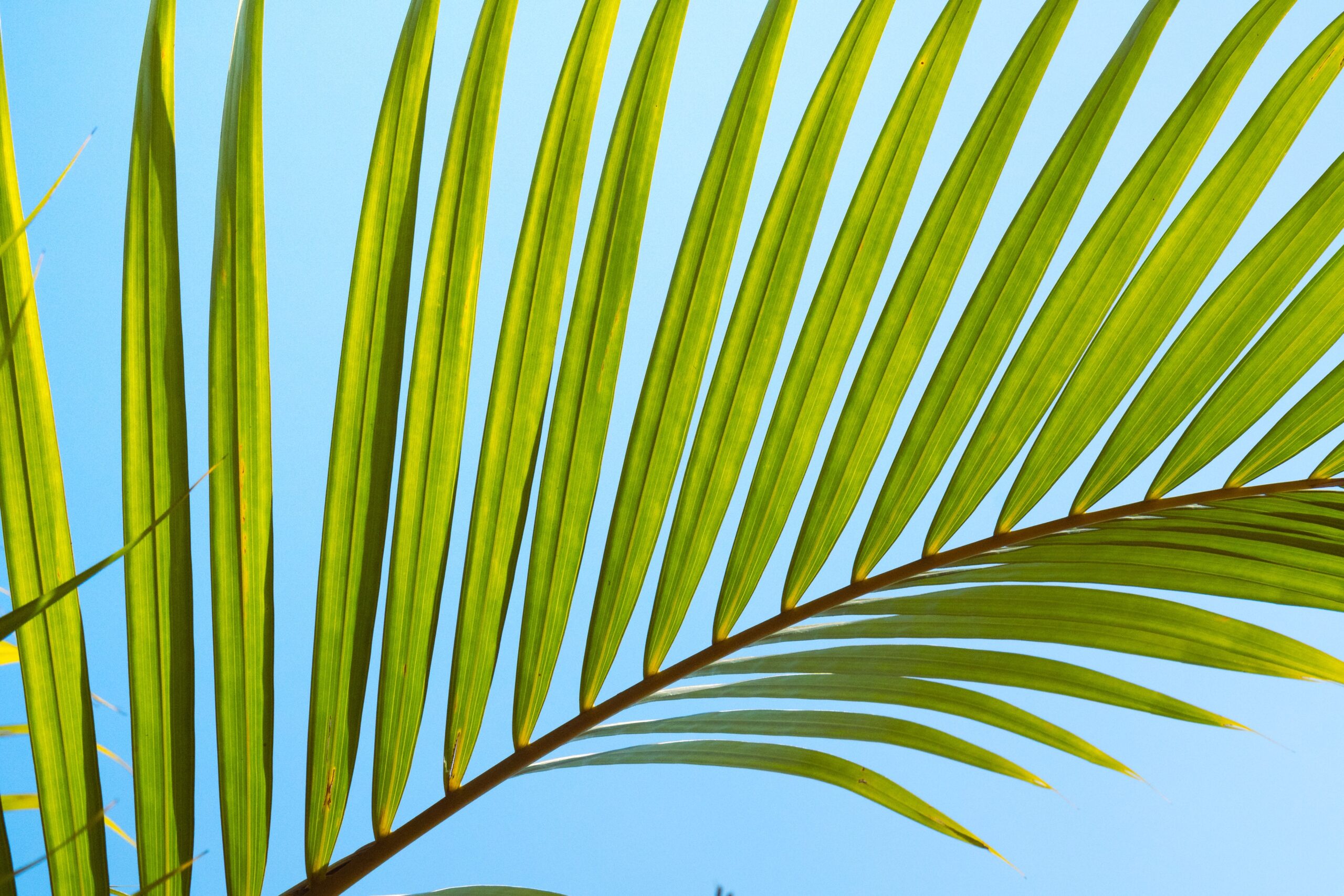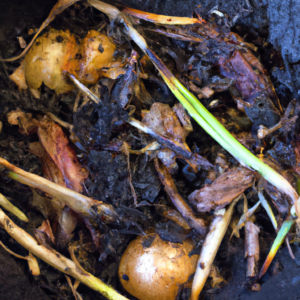Wetlands, those amazing water-saturated areas teeming with life, play a crucial role in maintaining biodiversity and the overall health of our planet. They serve as ecological powerhouses, providing vital habitats for a wide variety of plants and animals. Wetlands act as natural filters, trapping pollutants and ensuring cleaner water for both humans and wildlife. They also act as water reservoirs, helping to regulate water flow and prevent floods. But their importance goes beyond that – wetlands are like veritable nurseries, supporting the growth and reproduction of countless species, making them an indispensable component of our fragile ecosystem.
Check Out Our Top Eco Friendly Product Picks On Amazon Here
Wetlands: An Introduction
Wetlands are unique and diverse ecosystems that bridge the gap between land and water. They are areas where the water table is at or near the surface, and the ground is saturated or flooded for a significant part of the year. These habitats are home to a wide range of plant and animal species and play a crucial role in supporting biodiversity.
Definition of wetlands
Wetlands are defined as areas of land where water is the primary factor controlling the environment and the associated plant and animal life. They can be found in various forms, including marshes, swamps, bogs, and fens. Wetlands can be both freshwater and brackish, and they can occur naturally or be human-made.
Types of wetlands
There are several different types of wetlands that can be found around the world. Marshes are wetlands with soft-stemmed vegetation, such as cattails and reeds, and they are often flooded with freshwater. Swamps, on the other hand, are wetlands dominated by trees, such as cypress or mangrove. Bogs are characterized by acidic and nutrient-poor conditions, which support the growth of unique plant species like sphagnum mosses. Fens are alkaline wetlands fed by underground water sources, and they typically have a more diverse range of plant species compared to bogs.
Biodiversity in Wetlands
Importance of biodiversity
Biodiversity refers to the variety of life forms found in a particular habitat. Wetlands are incredibly important for supporting biodiversity due to their unique and dynamic nature. These habitats provide a diverse range of niches and microhabitats that support a wide variety of plant and animal species. The high productivity and nutrient availability in wetlands make them highly productive ecosystems, which in turn supports a large number of species.
Factors affecting biodiversity in wetlands
Several factors can influence the biodiversity of wetlands. Water quality, nutrient availability, and hydrological conditions all play a significant role in determining the types and abundance of species that can thrive in these habitats. Human activities, such as pollution, habitat destruction, and the introduction of invasive species, can have detrimental effects on wetland biodiversity. Climate change and sea-level rise also pose significant threats to the stability and biodiversity of wetland ecosystems.
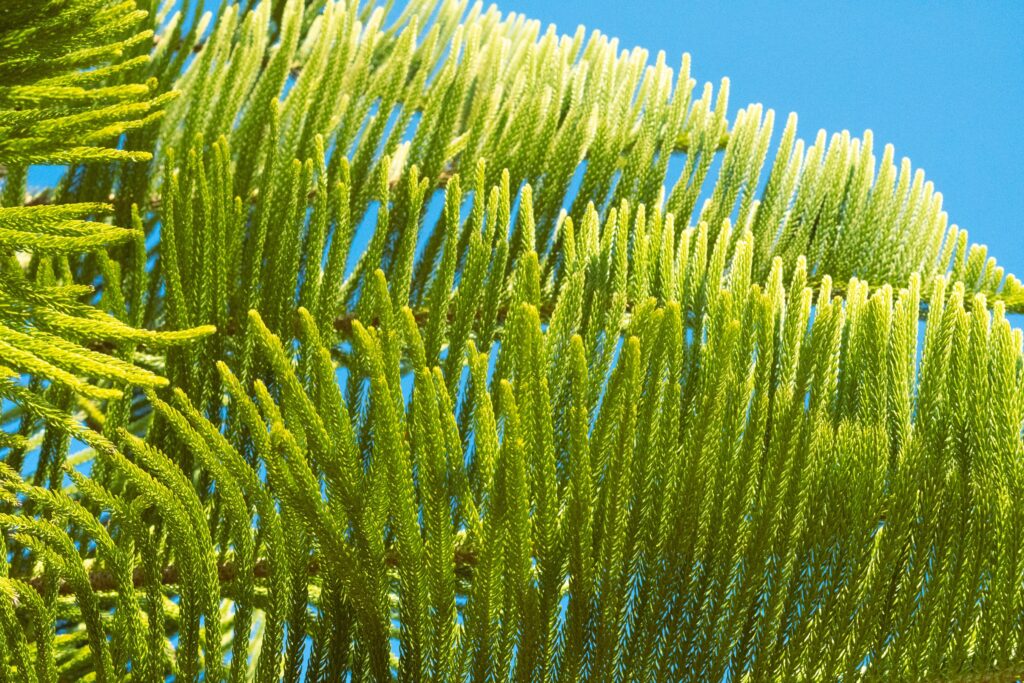
Check Out Our Top Eco Friendly Product Picks On Amazon Here
Roles of Wetlands in Biodiversity Conservation
Habitat provision for diverse species
One of the key roles of wetlands in biodiversity conservation is their ability to provide habitats for a diverse range of species. Wetlands support a wide variety of plant species, including emergent plants, floating plants, and submerged plants, which provide food and shelter for many animal species. These habitats also provide important breeding and nesting grounds for numerous bird species, amphibians, and invertebrates.
Supporting food webs and nutrient cycling
Wetlands play a crucial role in supporting food webs and nutrient cycling. The high productivity of wetlands supports a diverse array of primary producers, such as algae and aquatic plants, which form the base of the food web. These primary producers are consumed by herbivores, which in turn are preyed upon by carnivores. This interconnected network of feeding relationships ensures the flow of energy and nutrients through the ecosystem, benefiting numerous species.
Water purification and filtration
Wetlands act as natural filters and help purify water by trapping sediment and removing pollutants. The vegetation in wetlands plays a vital role in nutrient cycling and the removal of excess nutrients, such as nitrogen and phosphorus, from runoff and wastewater. The dense root systems of wetland plants also help stabilize shorelines, preventing erosion and improving water quality.
Climate regulation
Wetlands play a significant role in climate regulation by sequestering carbon dioxide from the atmosphere. The plants and soils in wetland ecosystems store large amounts of organic carbon, making wetlands important carbon sinks. By reducing greenhouse gas emissions and mitigating climate change, wetlands contribute to preserving biodiversity and maintaining the health of the planet.
Wetland Ecosystem Services
Water storage and flood control
Wetlands act as natural sponges, storing excess water during heavy rainfall and releasing it slowly into rivers or underground aquifers. This natural function helps regulate water flow, reducing the risk of floods downstream. Wetlands also help to replenish groundwater resources, which are vital for human water supply and agricultural irrigation.
Erosion control and sediment retention
The dense foliage and root systems of wetland plants help to stabilize soil and prevent erosion. The vegetation acts as a buffer, absorbing the energy of flowing water and reducing its erosive force. Wetlands also trap sediments carried by rivers and streams, preventing sedimentation in downstream areas and maintaining water quality.
Recreation and tourism
Wetlands provide valuable opportunities for recreation and tourism. These ecosystems offer scenic beauty and serene surroundings, attracting visitors for activities such as birdwatching, boating, fishing, and hiking. Wetland conservation and ecotourism also provide economic benefits to local communities through the creation of jobs and the generation of income from tourism-related activities.
Education and research opportunities
Wetlands serve as living laboratories and provide excellent opportunities for education and research. These ecosystems offer scientists, students, and nature enthusiasts the chance to study unique ecological processes, observe rare and endangered species, and gain a deeper understanding of the intricate relationships between organisms and their environment. Wetlands provide valuable insights into natural resource management, conservation, and the sustainable use of ecosystems.
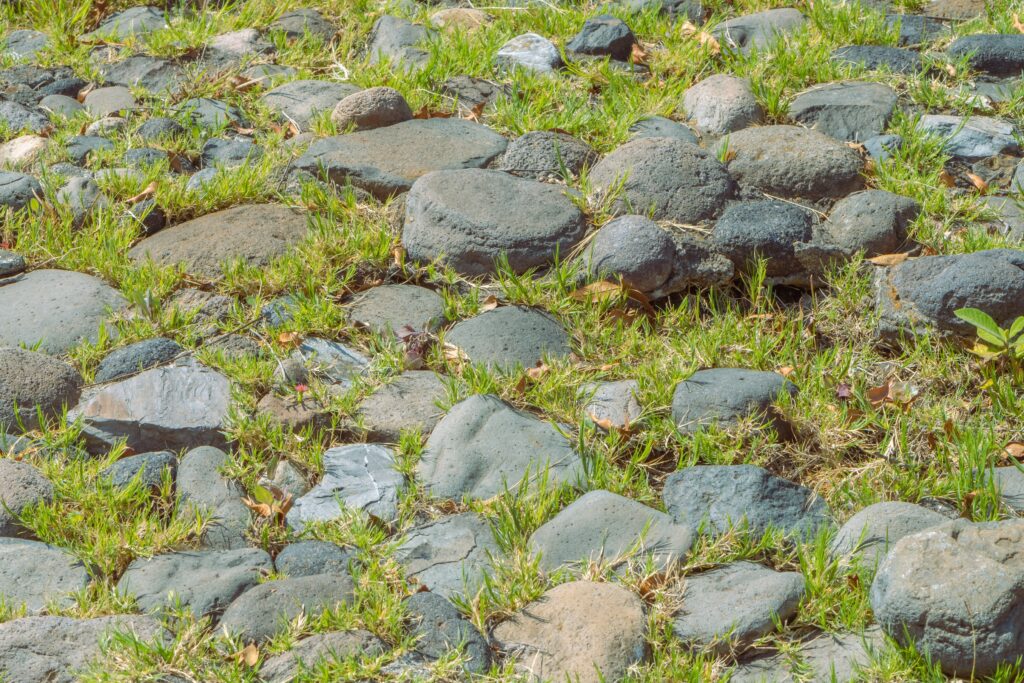
Threats to Wetlands and Biodiversity Loss
Habitat destruction and fragmentation
One of the main threats to wetlands and their biodiversity is habitat destruction and fragmentation. Wetlands are often drained or filled for agricultural purposes, urban development, or infrastructure projects. These activities result in the loss of vital wetland habitats and disrupt the flow of water, damaging the ecosystem and leading to the decline of many plant and animal species.
Pollution and eutrophication
Pollution from both point and non-point sources can have detrimental effects on wetlands and their biodiversity. Runoff from agricultural fields, industrial activities, and urban areas can introduce excess nutrients and toxic substances into wetland ecosystems. This can lead to eutrophication, where an increased concentration of nutrients promotes excessive plant growth, depletes oxygen in the water, and disrupts the balance of the ecosystem.
Invasive species introduction
The introduction of invasive species is a significant threat to wetlands and their biodiversity. Invasive plants, such as water hyacinth or purple loosestrife, can outcompete native vegetation and take over wetland habitats. Invasive animals, such as the American bullfrog or red swamp crayfish, can prey on native species or alter the physical characteristics of wetland ecosystems. These introductions can result in the displacement or extinction of native species, disrupting the delicate balance of wetland biodiversity.
Climate change and sea-level rise
Climate change poses a severe threat to wetlands and their biodiversity. Rising temperatures, altered rainfall patterns, and increased frequency of extreme weather events can have significant impacts on wetland ecosystems. Sea-level rise also threatens coastal wetlands, as saltwater intrusion and erosion can lead to the loss of these invaluable habitats. Changes in temperature and precipitation can affect the phenology and distribution of wetland species, potentially leading to ecological mismatches and the disruption of critical ecological processes.
Conservation and Restoration Efforts
International conservation initiatives
Various international organizations, such as the Ramsar Convention on Wetlands and the World Wildlife Fund, are dedicated to the conservation and restoration of wetlands worldwide. These initiatives aim to raise awareness, promote sustainable wetland management, and establish protected areas to safeguard wetland ecosystems and their biodiversity. International cooperation and collaboration are crucial for the effective conservation of wetlands across borders and the shared responsibility for protecting these valuable ecosystems.
Restoration techniques and projects
Wetland restoration projects can bring back degraded or lost wetland habitats, helping to conserve biodiversity and restore vital ecosystem services. Restoration techniques involve restoring hydrological conditions, reintroducing native plant species, and controlling the spread of invasive species. These projects often require the collaboration of scientists, conservation organizations, government agencies, and local communities to ensure the success of restoration efforts.
Local community involvement
The involvement and participation of local communities are fundamental for the long-term conservation and management of wetlands. Local knowledge and traditional practices can greatly contribute to the understanding of wetland ecosystems and foster sustainable resource use. Engaging communities in wetland conservation through education, training, and the establishment of community-based conservation programs can create a sense of ownership and stewardship, ensuring the continued protection of wetlands and their biodiversity.
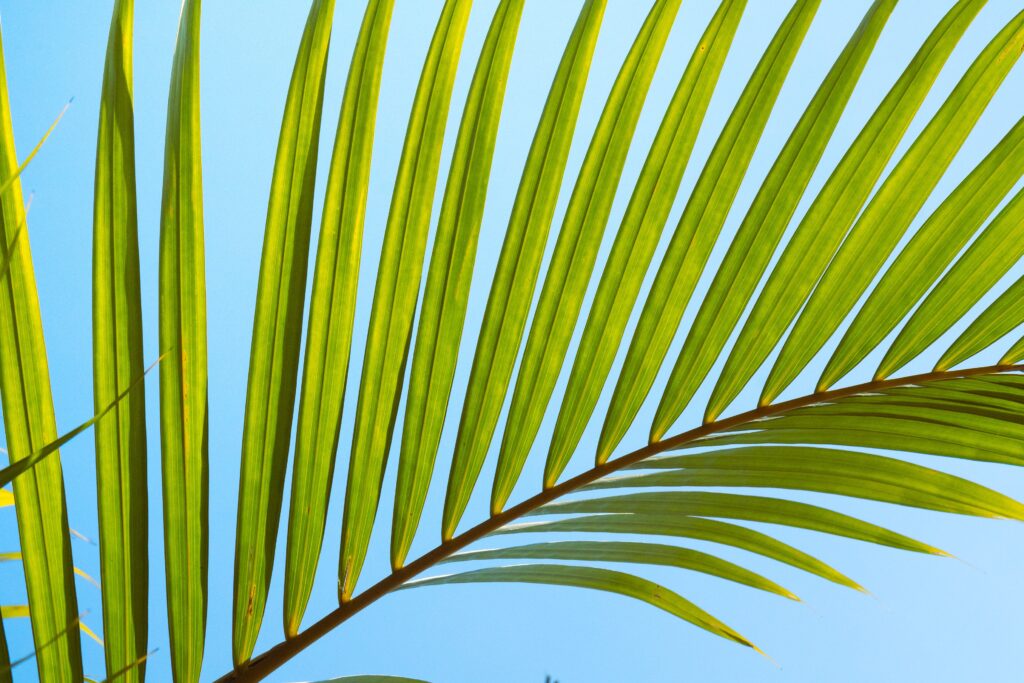
Success Stories: Wetlands and Biodiversity
Protected wetland areas and their impact
The establishment of protected wetland areas has been instrumental in conserving wetland biodiversity. National parks, wildlife refuges, and Ramsar sites provide legal protection, habitat conservation, and management measures to safeguard wetland ecosystems and their associated species. These protected areas serve as havens for rare and endangered species, ensuring their survival and promoting successful breeding and population recovery.
Species recovery and migration
Wetland conservation efforts have resulted in successful species recovery and migration stories. Through habitat restoration and protection measures, species such as the American alligator, beaver, and whooping crane have made remarkable comebacks and expanded their populations. Wetlands also serve as important stopover sites for migratory birds, providing critical feeding and resting habitats during their long journeys.
Positive effects on nearby ecosystems
Wetlands have positive effects on nearby ecosystems through various ecological processes. The water storage and flood control capabilities of wetlands can reduce the impact of floods downstream, protecting human settlements and agricultural land. The purification and filtration services provided by wetlands improve water quality not only within the wetland itself but also in adjacent rivers and lakes. Wetlands also contribute to the overall health of surrounding ecosystems by providing habitat connectivity and supporting the movement of species between different habitats.
Promoting Sustainable Wetland Management
Integrated water resource management
Integrated water resource management is essential for promoting sustainable wetland management. This approach considers the interactions between water resources, ecosystems, and human needs. By incorporating ecological knowledge, stakeholder engagement, and planning tools, integrated water resource management can help balance the needs of water users while preserving wetland ecosystems and their biodiversity.
Adaptive management strategies
Adaptive management strategies are crucial for responding to the dynamic nature of wetland ecosystems and the uncertainties associated with climate change. These strategies involve monitoring, evaluating, and adjusting conservation and management actions based on new information and changing conditions. By adopting flexible and adaptive approaches, wetland managers can ensure the long-term sustainability of these valuable ecosystems and their biodiversity.
Policy and legislation for wetland protection
The development and implementation of robust policies and legislation are necessary to protect wetlands and their biodiversity. Governments at all levels should enact laws and regulations that guide wetland conservation, restoration, and sustainable use. These policies should address issues such as wetland protection, land use planning, water management, and the prevention of pollution. Adequate enforcement and funding mechanisms are also crucial for the effective implementation of wetland protection measures.
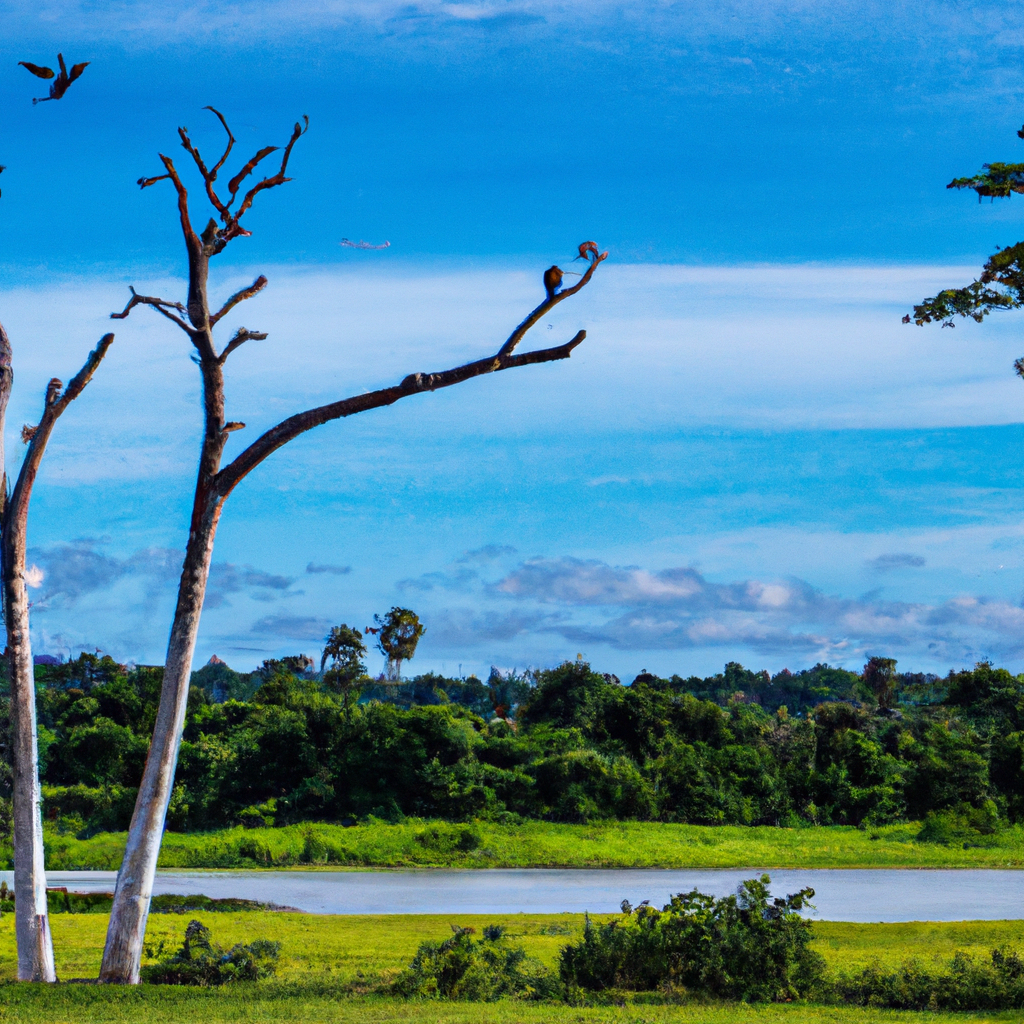
The Future of Wetlands and Biodiversity
Challenges and opportunities
The future of wetlands and biodiversity faces numerous challenges and opportunities. Climate change, habitat loss, and pollution continue to pose significant threats to these ecosystems. However, increased understanding and awareness, combined with advancements in technology and scientific research, provide opportunities for effective conservation and restoration efforts. Collaboration, innovation, and sustainable management practices will be key to ensuring the long-term survival and resilience of wetlands and their biodiversity.
Increasing public awareness and support
Raising public awareness about the importance of wetlands and their biodiversity is vital for their conservation. Educating communities, policymakers, and the general public about the ecological services provided by wetlands and the potential consequences of wetland loss can garner support for conservation efforts. Engaging the public through outreach programs, environmental education, and citizen science initiatives can foster a sense of responsibility and empower individuals to take action to protect wetlands and their rich biodiversity.
Collaborative global efforts
Addressing the challenges facing wetlands and biodiversity requires a collaborative and coordinated approach at the global level. International cooperation, knowledge sharing, and the exchange of best practices can facilitate effective wetland management and conservation. With collective efforts, including the establishment of global networks, partnerships, and funding mechanisms, we can work towards a sustainable and resilient future for wetlands and the diverse life they support.
Conclusion
Wetlands are invaluable ecosystems that support a tremendous amount of biodiversity. These dynamic habitats provide a wide range of ecological services, from habitat provision to water purification and climate regulation. However, wetlands and their biodiversity face numerous threats, including habitat destruction, pollution, invasive species, and climate change. It is crucial to prioritize the conservation and restoration of wetlands through international cooperation, adaptive management strategies, and community involvement. By working together and promoting sustainable wetland management, we can safeguard the future of wetlands and ensure the survival of the unique and diverse species that call these habitats home.
Check Out Our Top Eco Friendly Product Picks On Amazon Here\

